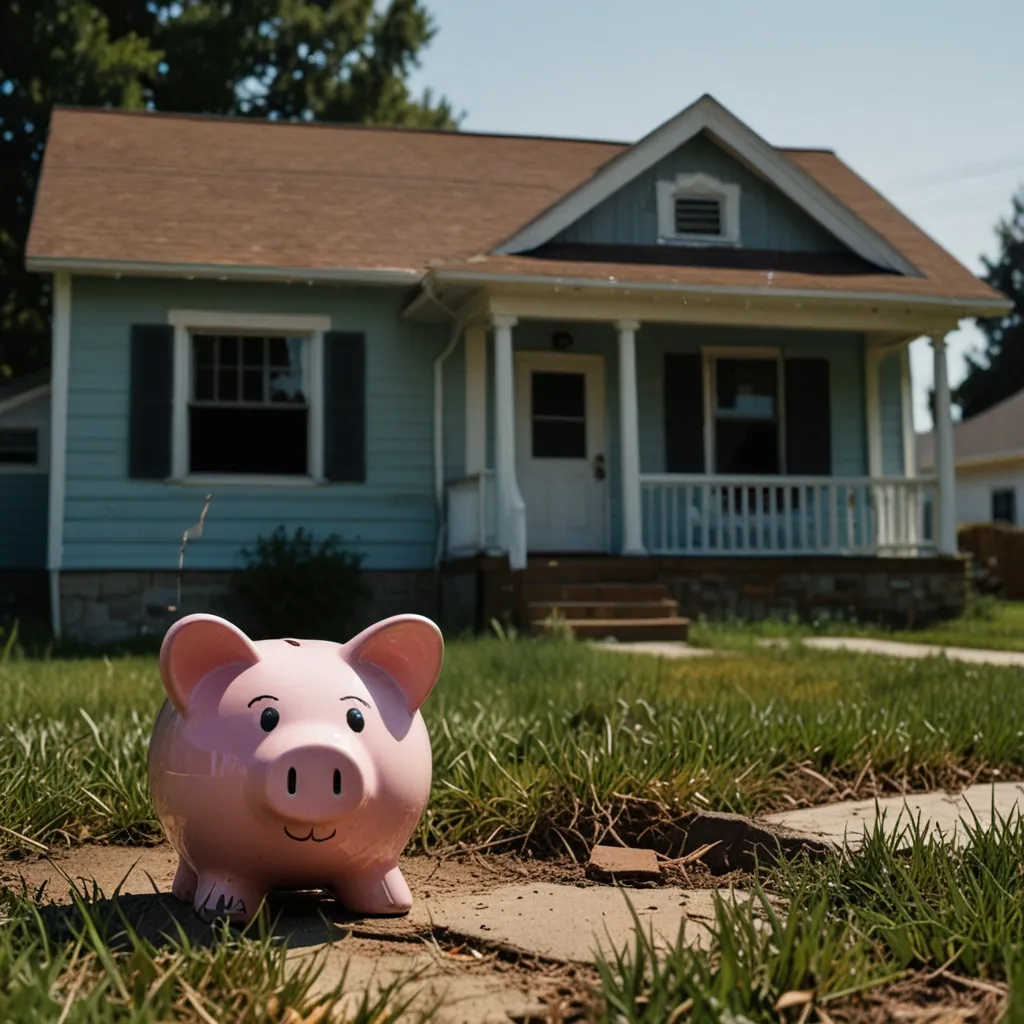Foreclosure kicks in when a homeowner misses several mortgage payments. Lenders reclaim the property to cover their losses. It’s a complicated process that varies from state to state, but the general flow is pretty similar.
When you get a house, let’s be real, who’s got all that cash lying around? So, you get a mortgage from a lender and agree to pay it back over time. Miss those payments, and the lender could start foreclosure.
First, you’ll get contacted because of those skipped payments. Lenders will often try to find solutions like loan modifications or repayment plans. If nothing works, the foreclosure process ramps up, which might include legal actions and even auctions.
Foreclosure usually comes in three flavors: judicial, non-judicial, and strict. Judicial involves going to court, where you can defend yourself. Non-judicial skips the court drama and is quicker for lenders. Strict foreclosure, though rare, gives the property directly back to the lender if the debt isn’t repaid.
The process kicks off with missed payments, goes through some loss mitigation efforts, and ultimately lands at the bank’s foreclosure process. While this circus is in town, you can stay in your home, but you’ll need to pack your bags once it’s sold. Typically, this timeline is around two years, though it can vary.
Foreclosure can tank your credit score and wreak havoc on your finances. But guess what? There are ways to dodge it. If you see trouble brewing, hit up your lender pronto. They might offer repayment plans, forbearance, or other ways to help you out.
Understanding the foreclosure ropes can make a tough situation a bit more bearable. Consulting pros like a HUD housing counselor or a bankruptcy attorney can broaden your options.
In a nutshell, foreclosure is serious business and can lead to losing your home. Stay on top of your mortgage game, seek help if you hit a snag, and consult professionals when necessary. A little proactive effort can go a long way in keeping your financial life stable.






